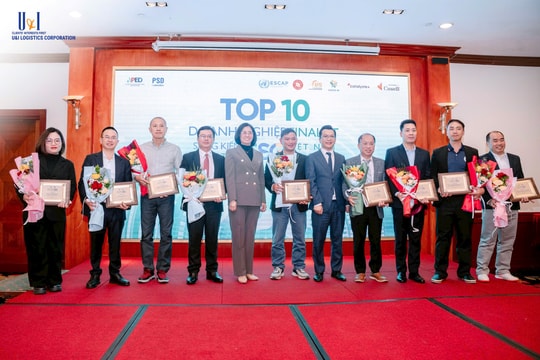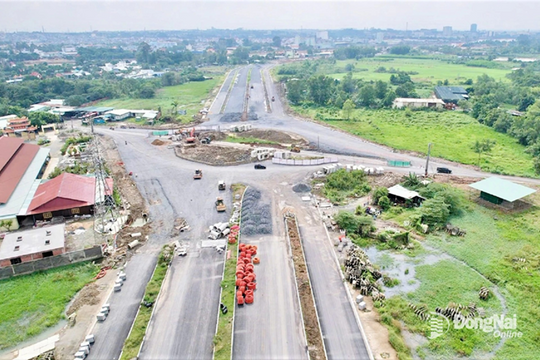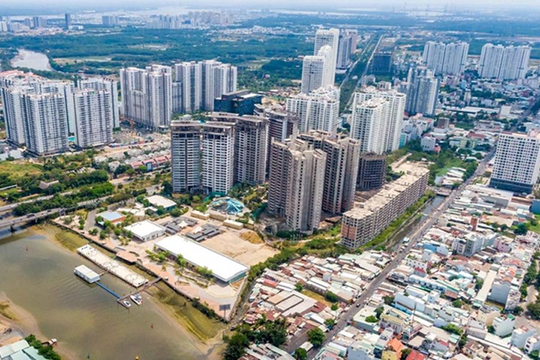The "Disaster" from the Ocean
In recent years, the amount of ocean trash washing up on the shores has increased significantly. In 2024, the situation became even more severe as the waste not only increased in quantity but also became more diverse, including water hyacinths, nipa palm leaves, and plastic waste (plastic bags, bottles, plastic cups, etc.).
Ocean trash starts arriving around early May. Responsible authorities estimate that during the first days of May, the amount of waste is relatively low, around 10 tons per day. However, the influx rapidly increases, sometimes reaching three to four times that amount. Nearly 1 km of the Bai Truoc beach is covered with trash, and neighboring beaches like Bai Dau and Bai Dua are also impacted, with waves scattering debris everywhere.
In previous years, the trash would typically disappear after 4–5 days. But in recent years, ocean waste has assaulted Vung Tau's shores without following any predictable cycle. The main components of this ocean trash are water hyacinths, styrofoam containers, and plastic bags.
.jpg)
.jpg)
Additionally, ocean trash also comes from activities such as anchoring, water transport, and near-shore fishing. Due to habits among fishermen, much of the trash is directly dumped into the sea, eventually carried to shore by wind and waves. Another portion of the waste originates from inland activities, which is discharged into the sea and later washed back ashore.
Ocean trash invading Vung Tau's beaches negatively affects both the urban landscape and the marine environment. It severely impacts local tourism activities and the beach-going experience for residents and visitors alike.
A "Green Journey" for the Marine Environment
BRVT has a coastline stretching 156 km, with five out of its eight districts and cities bordering the sea. This is a significant advantage, providing potential for developing the marine economy, including tourism and leisure. Given the deteriorating condition of the marine environment and the increasing pollution, protecting the marine environment (PME) has become a critical focus for BRVT.
.jpg)
.jpg)
The Department of Natural Resources and Environment regularly collaborates with relevant departments and localities to increase communication, education, guidance, and inspections of environmental protection (EP) regulations at tourism businesses. It strictly monitors and handles violations of EP regulations in tourist areas, tourism sites, and tourism businesses according to environmental laws. The department also encourages tourist accommodation facilities to focus on using clean energy sources, conserving resources, and minimizing their environmental impact on the marine environment.
In a "dual approach" of both prevention and development, BRVT is simultaneously working on building an appropriate waste management system. This includes investing in wastewater treatment systems within individual units before they are connected to the area’s general waste disposal network. The province is also organizing surveys and environmental impact assessments of all planned coastal aquaculture zones to determine the environmental carrying capacity, enabling appropriate adjustments in scale. This is aimed at minimizing pollution caused by aquaculture and other activities.
.jpg)
.jpg)
According to the Vung Tau Urban Environment and Public Services Joint Stock Company (VESCO) - the entity responsible for managing ocean trash collection in the city - under normal conditions, only three workers are assigned to clean nearly 1 km of Bai Truoc beach. However, during periods of ocean trash influx, the company mobilizes 30–40 workers daily, working continuously from 4 a.m. to 5 p.m. to rake trash from the sea and bring it ashore. The trash is then compressed using specialized vehicles.
In addition to the large workforce assigned to beach trash collection, the company also deploys one excavator, two 13 m³ compactor trucks, and two 3.5-6 m³ trucks. VESCO also rents two additional 6 m³ trucks to assist with gathering and compacting trash before transporting it to the Toc Tien Centralized Waste Treatment Complex in Phu My. Despite their intensive efforts, VESCO workers can only collect about 15-20 tons of trash per day, leaving a considerable amount of ocean debris that cannot be cleared in time.
This shows that both Vung Tau and BRVT have taken a comprehensive and proactive approach to the issue by addressing the root causes. The "green journey" for environmental protection has become a way of life and a cultural practice for the people of Vung Tau and BRVT as a whole.
On average, Vung Tau generates more than 400 tons of household waste per day. Therefore, in addition to the strong efforts from local authorities, creating a green, clean, and beautiful marine and island environment in BRVT - attracting tourists from all over - requires the active participation, self-awareness, and sense of responsibility from every resident. Ultimately, the battle against marine waste and environmental pollution is a fight for cultural preservation and sustainable development.
.jpg)
.jpg)


.jpg)
.jpg)
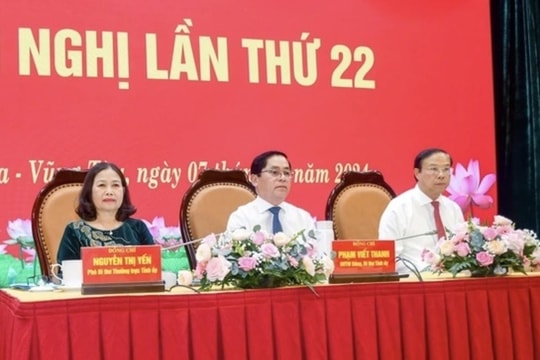
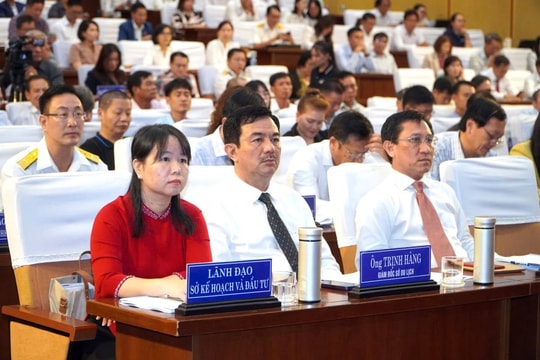
.jpg)
.jpg)
.png)
.png)
.png)
.png)
.png)
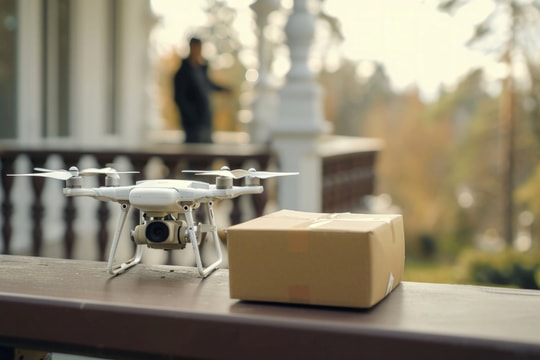

.png)
.png)



